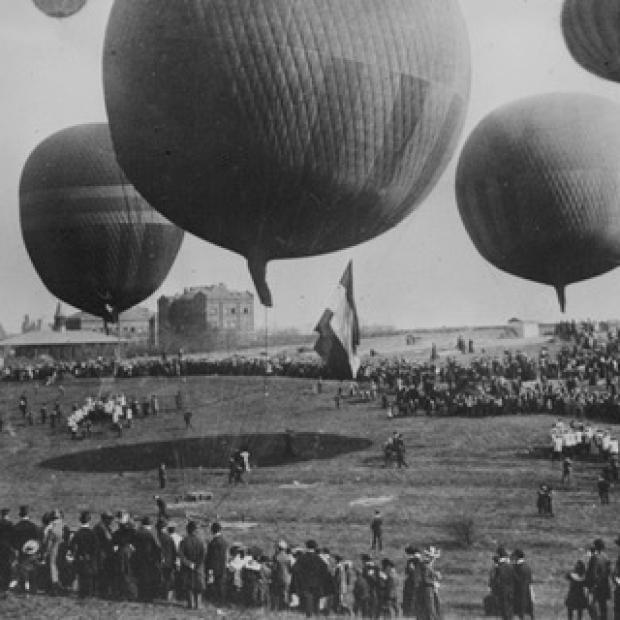
Join the colloquy
The Right to the Creative City
more
Florida’s key insight in both works was that "creative" people were transforming not only the economy, but also cities themselves. His work was taken up by city planners and public policy makers who were attracted to the idea that catering to creative people would lead to an economic enhancement of city life. The U.S. government seemed to endorse the idea in 2010, when the National Endowment for the Humanities published Ann Markusen and Anne Gadwa’s white paper, "Creative Placemaking." Cities throughout the world built museums, created arts districts, and introduced amenities and policies intended to attract "creatives." Indeed, MIT dubbed Florida "the world’s most influential thought leader" in 2013.
Florida’s ideas were met with criticism as well as praise. Critics on the left, such as Jamie Peck, maintained that the "creative city" was little more than a justification for neoliberal governance, widening inequalities, and the gentrification of neighborhoods. In 2017, Florida himself seemed to accept many of these criticisms, retreating from his earlier work in a book tellingly entitled The New Urban Crisis.
This Colloquy, jointly curated by a scholar of performance studies and a scholar of urbanism, explores the impact of the creative cities paradigm in cultural policy and scholarly thinking. We join Peter Marcuse, Andrew Herscher, and Johanna Taylor in renewing Henri Lefebvre’s spirited plea to establish a “right to the city.” In critically examining the "right to the creative city," we are particularly focused on how this rallying cry has affected marginalized communities, including communities of color, the unhoused, and LGBTQ communities. We ask, "How has the creative city paradigm transformed both contemporary cities and artistic production, and how have marginalized communities asserted their right to the city by deploying creativity in new ways?" In its treatment of these issues, the colloquy bridges some core concerns in contemporary humanities with the worlds of cultural policy, art, and urbanism.
The Colloquy grows out of a project based at the Stanford Arts Institute devoted to Creative Cities. Under the directorship of Phelan, the project hosted two residential fellows each year between 2016 and 2019; their fields included art history, public policy, U.S. history, and geography. The fellows were: Andrew Herscher, Johanna Taylor, Gülgün Kayim, Sam Franklin , Nicholas Gamso and Magie Ramirez. Several of these fellows have contributed to this Colloquy. Creative Cities also launched an interdisciplinary working group that met every few weeks from the fall of 2016 through the spring of 2020 to hear works-in-progress talks. Moderated by Kahan, the workshop included talks from all of the Creative Cities fellows, as well as from a diverse cohort that included architects, curators, artists, urban planners and designers, literary critics, anthropologists, sociologists, media scholars, and more. Many of the contributions to the Colloquy have been drawn from these workshop talks, and we believe these texts illustrate the complex ways cities, art, politics, economics and urban policy intersect.
Today both the concept of the "creative city" and the practices undertaken in its name are contested. Nonetheless, although Florida himself has distanced himself from the term, the idea continues to influence artists, scholars, and cities. We hope that this Colloquy will become a space for debating that influence from a multitude of political and disciplinary perspectives. We envision this as an ongoing conversation, and invite you to add your voice.




















